The biggest hurdles to digital transformation in the lab
In an era where digital technologies are driving innovation and making processes more efficient in almost every industry, the laboratory sector is still lagging behind in many areas. While other industries have already brought their workflows up to date, many laboratories face significant challenges when it comes to digitizing their processes. Especially in laboratories, where precision and reliability are paramount, there is often a reluctance to embrace new technologies such as cloud computing, the Internet of Things (IoT) or mobile applications.
Why is digitalization in the laboratory environment often so difficult? Why are there so many reservations despite the obvious benefits, such as greater efficiency and better use of data? In this article, we get to the bottom of the biggest hurdles that hinder progress in laboratories. These include technological as well as organizational and human factors. We also show possible solutions for overcoming these obstacles and successfully shaping the digital transformation.
Fear of the internet and its risks
Fear of using the internet and cloud software solutions is one of the biggest hurdles in the digitalization of laboratories. Many laboratory employees and decision-makers fear that sensitive data, such as research results or patient data, could be vulnerable to hacker attacks or data loss when transferred or stored in the cloud. Especially in highly regulated industries, such as the pharmaceutical or food industry, the protection of sensitive data is essential and the thought of making it accessible via the internet often causes concern.
Solution approach:
- Education and training: To counteract these fears, it is important to provide employees with comprehensive information about the current security standards of cloud providers and internet services. Most cloud providers work with state-of-the-art security protocols, such as end-to-end encryption and multi-factor authentication, which offer far more protection than a local network can often guarantee.
- Data protection and compliance: For many laboratories, it is reassuring to know that cloud service providers not only comply with strict data protection laws, but are also regularly audited by independent bodies for security vulnerabilities. The introduction of IT security training and regular security audits can also help to increase employee confidence in digital systems.
Tablets and cell phones in the lab: cumbersome and difficult
The use of mobile devices, such as tablets and smartphones, could actually contribute to more efficient work in the laboratory. Employees could record data on the move, control laboratory equipment or view information in real time. In practice, however, there are hurdles: Tablets and smartphones are often not robust enough for use in a laboratory where work is carried out with chemicals, liquids or biological substances. In addition, wearing protective gloves often makes it difficult to operate the devices and there is a risk of contamination.
Solution approach:
- Specialized laboratory hardware: There are now a large number of robust devices specially developed for laboratory environments that are resistant to dust, moisture and chemicals. These specialized lab tablets often have washable surfaces and can be operated with gloves. By using such devices, laboratories can take advantage of the benefits of digitalization without compromising safety standards.
- Touchless operation: An emerging trend is the integration of touchless control technologies or voice control. These enable laboratory staff to operate devices or record data without the need for physical contact with a screen. This not only reduces the risk of contamination, but also facilitates operation under difficult working conditions.
.jpg)
Tablets and cell phones in the laboratory can be a real hindrance. It is essential to run through specific usage scenarios, especially in areas with difficult internet access or aggressive chemicals.
IoT in the lab: Difficult integration due to many standalone devices
The Internet of Things (IoT), in which devices are networked and centrally controlled, has enabled major advances in many industries. In laboratories, however, the integration of IoT is often difficult, as many laboratory devices such as drying ovens, centrifuges or pipetting stations only function as standalone systems. These devices are not designed for networking and therefore cannot be easily integrated into a digital system.
Solution approach:
- Retrofittable IoT solutions: Many manufacturers now offer retrofit kits or modules that make it possible to make older laboratory equipment IoT-capable. These modules collect the relevant data and transmit it to a central platform where it can be analyzed and stored. This allows laboratories to take advantage of the IoT without having to replace their entire device infrastructure.
- Plan equipment purchases strategically: Laboratories should think long-term when purchasing new equipment and focus on IoT-compatible models. These can be seamlessly integrated into digital systems, allowing processes to be automated and optimized. Such devices also enable better monitoring and maintenance, as they can detect and report problems at an early stage.
Problems with the data standard of analysis systems
Another major hurdle to digital transformation in the laboratory is the lack of compatibility between different analysis systems. Many laboratories use different software solutions and devices that output their data in different formats. The lack of a uniform data standard makes it difficult to integrate the systems, as the data has to be converted or adapted manually.
Solution approach:
- Introduction of standard formats: The development and implementation of open standards, such as ANIML (Analytical Information Markup Language) or JCAMP-DX, can help to facilitate the integration of different systems. These standards are specifically designed to standardize data formats and enable data exchange between different analysis systems.
- Middleware solutions: Another way to facilitate data integration is to use middleware software. This software serves as an interface between different systems and converts the data into a compatible format. In this way, older devices and systems can also be integrated into a modern digital network.
Staff not following suit and reluctant to break new ground
The human factor is often the biggest hurdle in digitalization. Long-serving employees in particular find it difficult to accept new technologies and ways of working. The feeling of having to give up tried and tested methods leads to uncertainty and resistance. This can hinder the entire digitalization process, as many new systems are dependent on acceptance and regular use.
Solution approach:
- Early involvement of employees: It is crucial to involve staff in the digitalization process from the outset. Fears and concerns can be allayed through transparent communication and training. Show employees how the new technologies can make their day-to-day work easier and lead to better results.
- Gradual changeover: A gradual implementation of new systems can help to avoid excessive demands. Start with smaller changes and gradually expand digitalization. This will allow staff to get used to the new processes and make the transition smoother.
Inadequate internal infrastructure
Many laboratories are still working with outdated IT infrastructures that are not up to the demands of modern cloud or IoT systems. Slow networks, outdated servers and a lack of networking make it difficult to implement new technologies. This results in slow data processing, frequent outages and high maintenance costs.
Solution approach:
- Modernize infrastructure: The first step towards a successful digital transformation is to modernize the internal infrastructure. This includes fast internet connections, high-performance servers and modern network technology. A robust infrastructure is the basis on which new technologies can be built.
- Cloud-based systems: Laboratories can also rely on cloud-based solutions to relieve the burden on the local IT infrastructure. Cloud systems do not require expensive hardware on site and still offer access to powerful computing capacities and storage solutions. This reduces maintenance costs and enables flexible scalability.
Management is afraid of exploding costs
The introduction of new technologies requires investment, and many managing directors fear that the costs of digitization could get out of hand. Especially when unforeseen expenses arise, there is a growing concern about losing control of the budget.
Solution approach:
- Thorough cost-benefit analysis: A thorough cost-benefit analysis can help to allay concerns. Not only should the initial investment be considered, but also the long-term savings, for example through more efficient processes, less downtime and fewer manual work steps. It often turns out that digitalization offers considerable savings potential in the long term.
- Flexible payment models: Many providers of cloud and IoT solutions now offer flexible payment models. Pay-as-you-go models, for example, make it possible to only pay for resources that are actually used. This makes costs more transparent and calculable, which lowers the inhibition threshold for investments.
Conclusion
Digital transformation in the laboratory environment is associated with numerous hurdles, ranging from technological challenges to human reservations. But with a clear strategy, the right technology and open communication, these obstacles can be successfully overcome. The benefits of digitalization - from increased efficiency to better data integration - are immense and will optimize laboratory operations in the long term.



LabThunder:
✅ Digital logbooks instead of paper chaos
✅ Thunder AI - central intelligence for faults & questions
✅ Smart & predictive maintenance prevents breakdowns
✅ More independence from external service
✅ Up to 50% fewer service calls
✅ Easy to use - no IT required
Contact us today for a free demo:

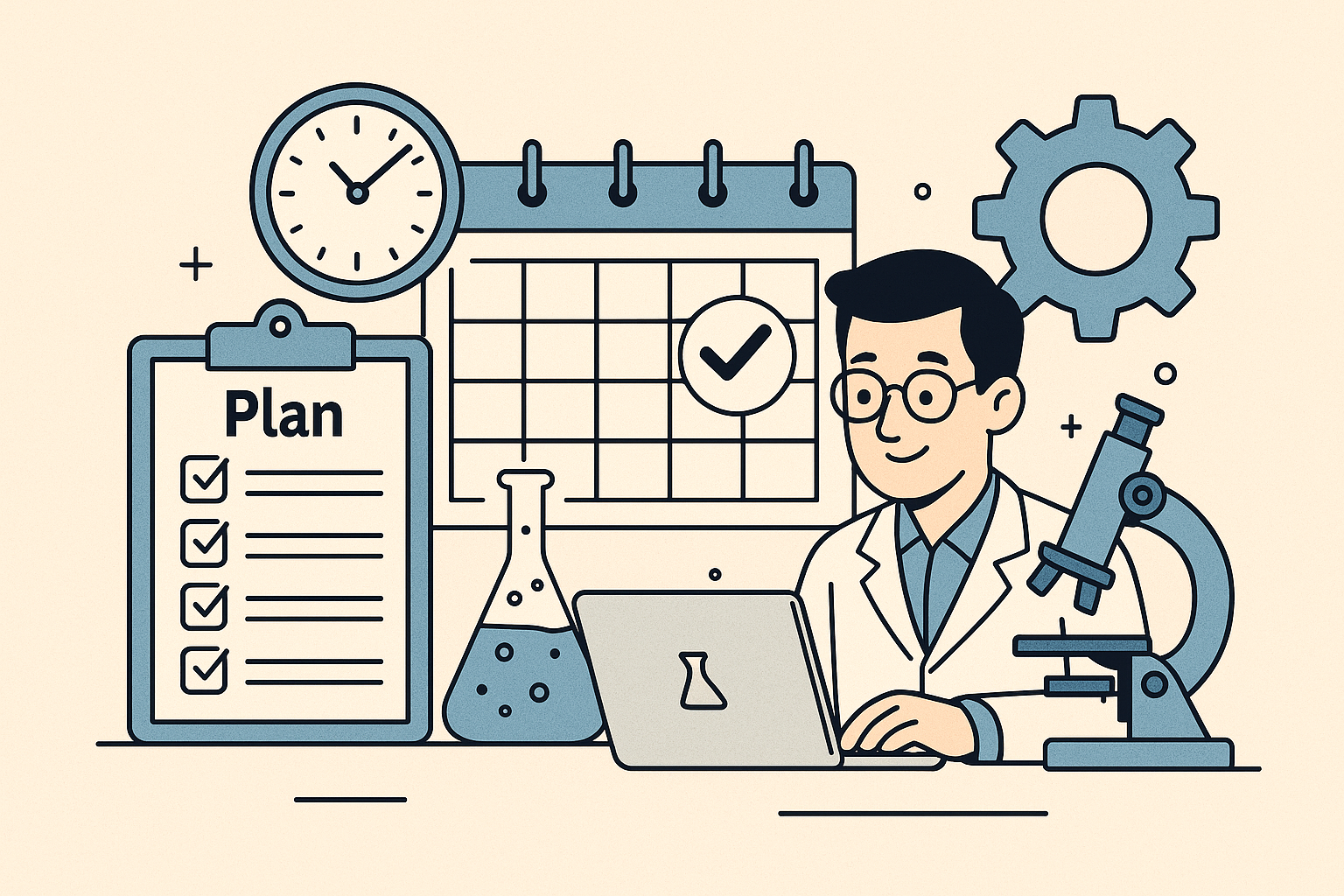
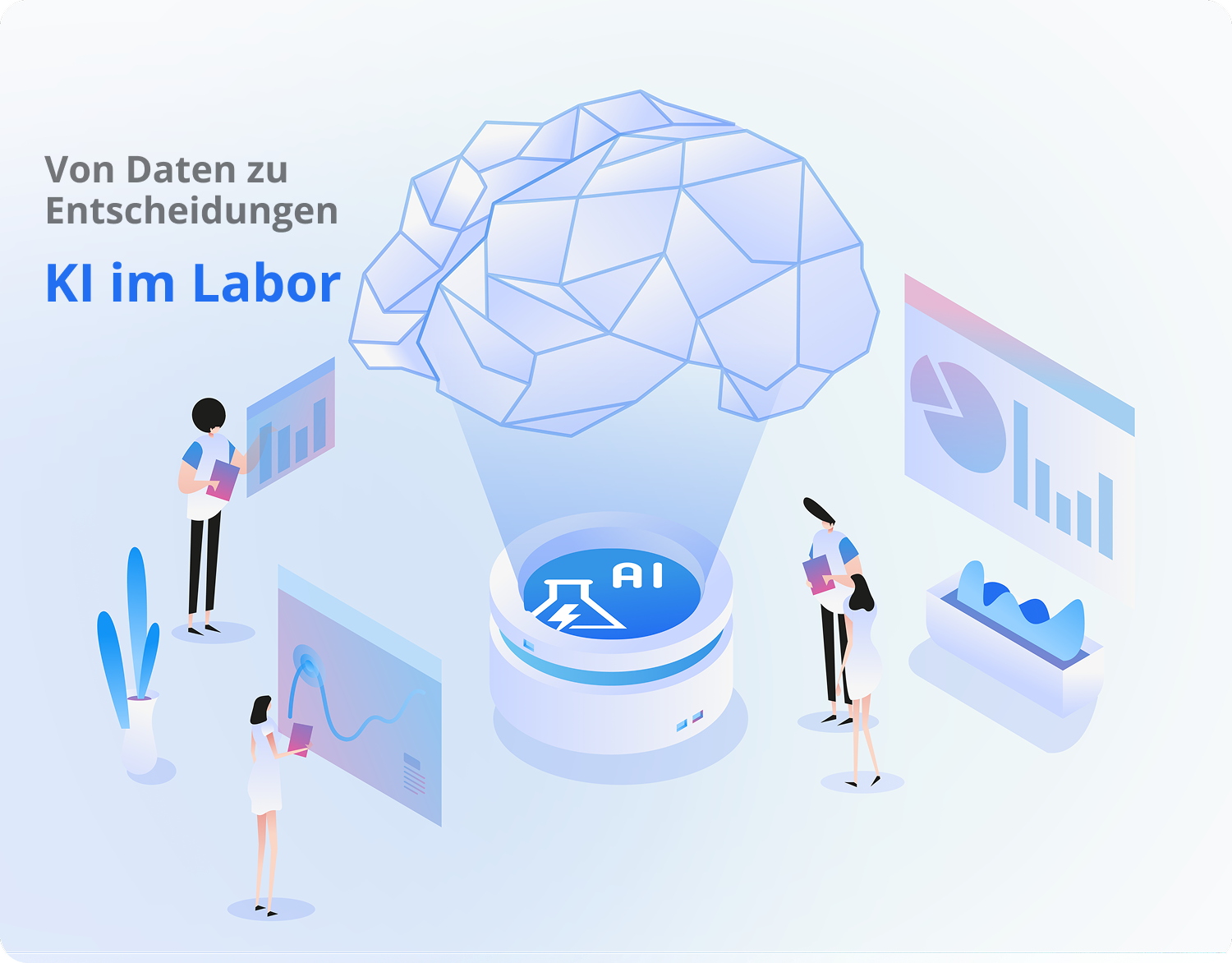
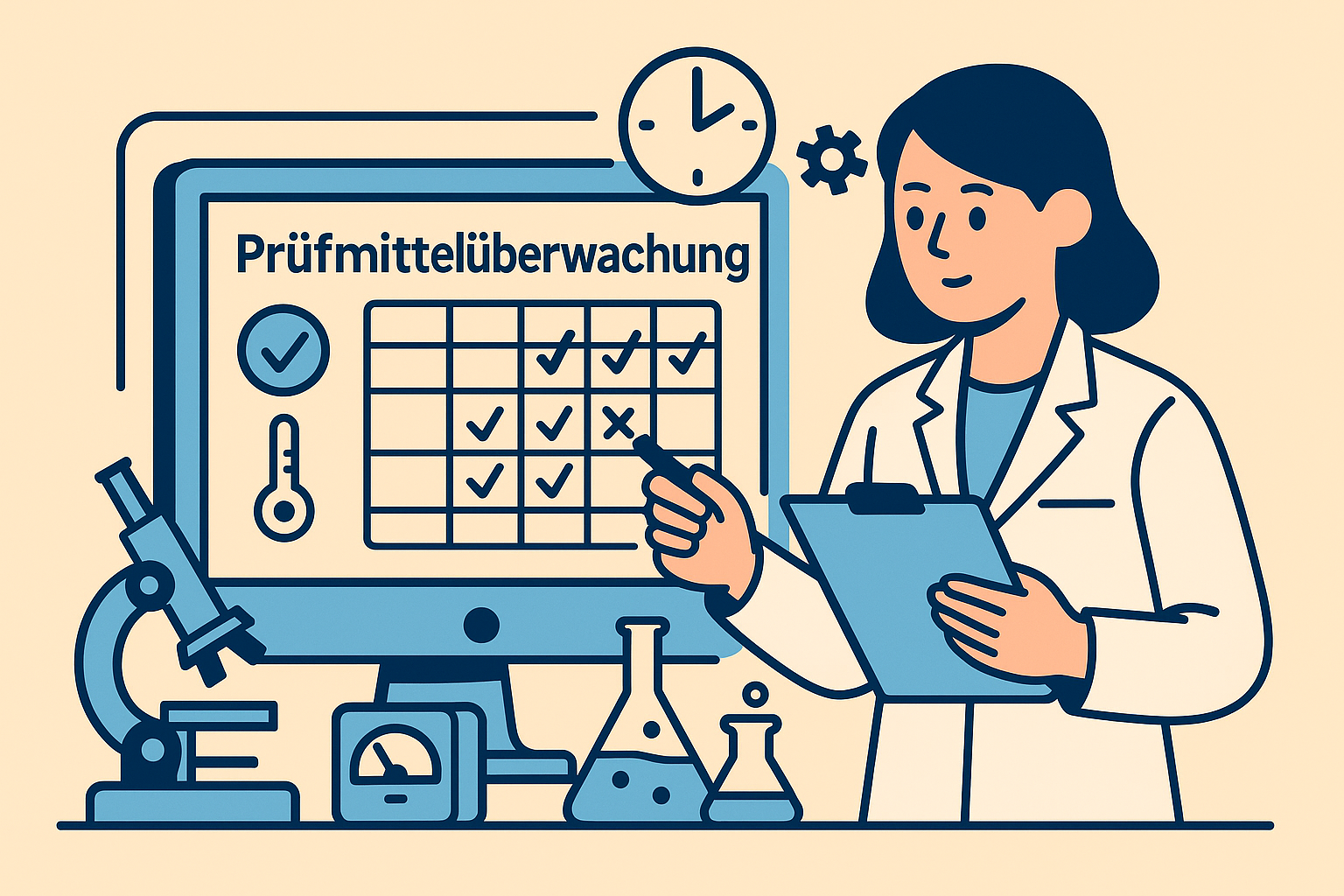
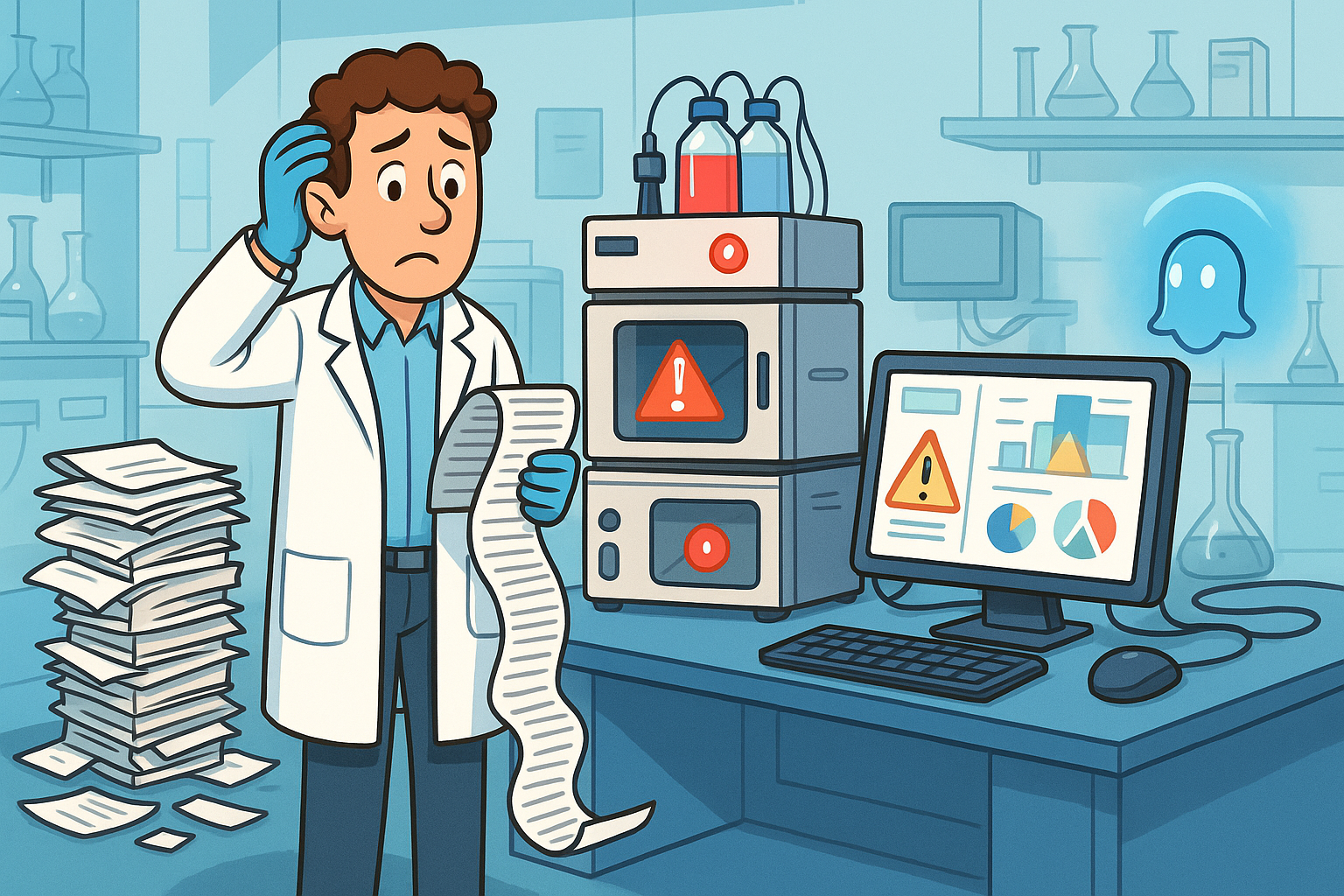
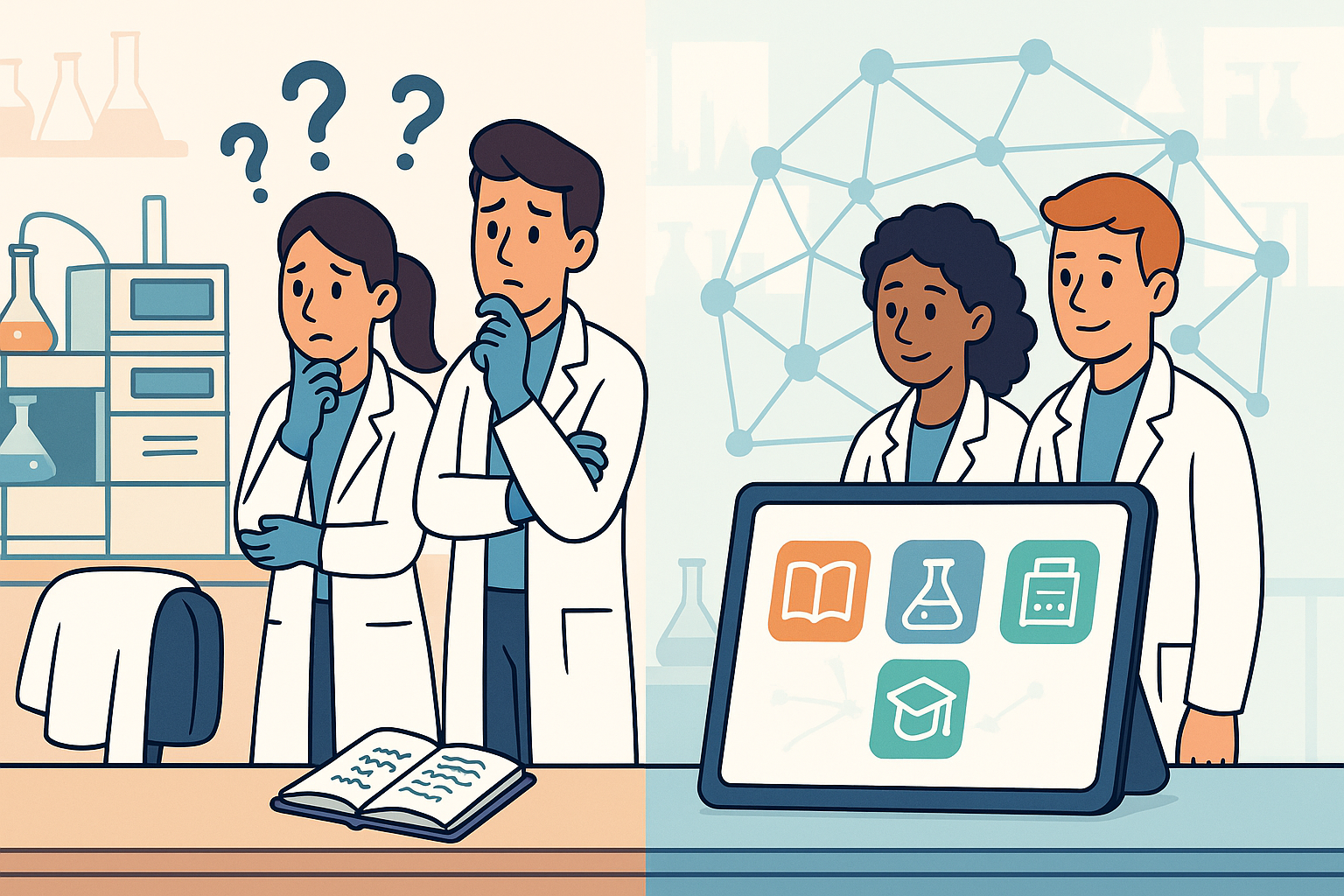

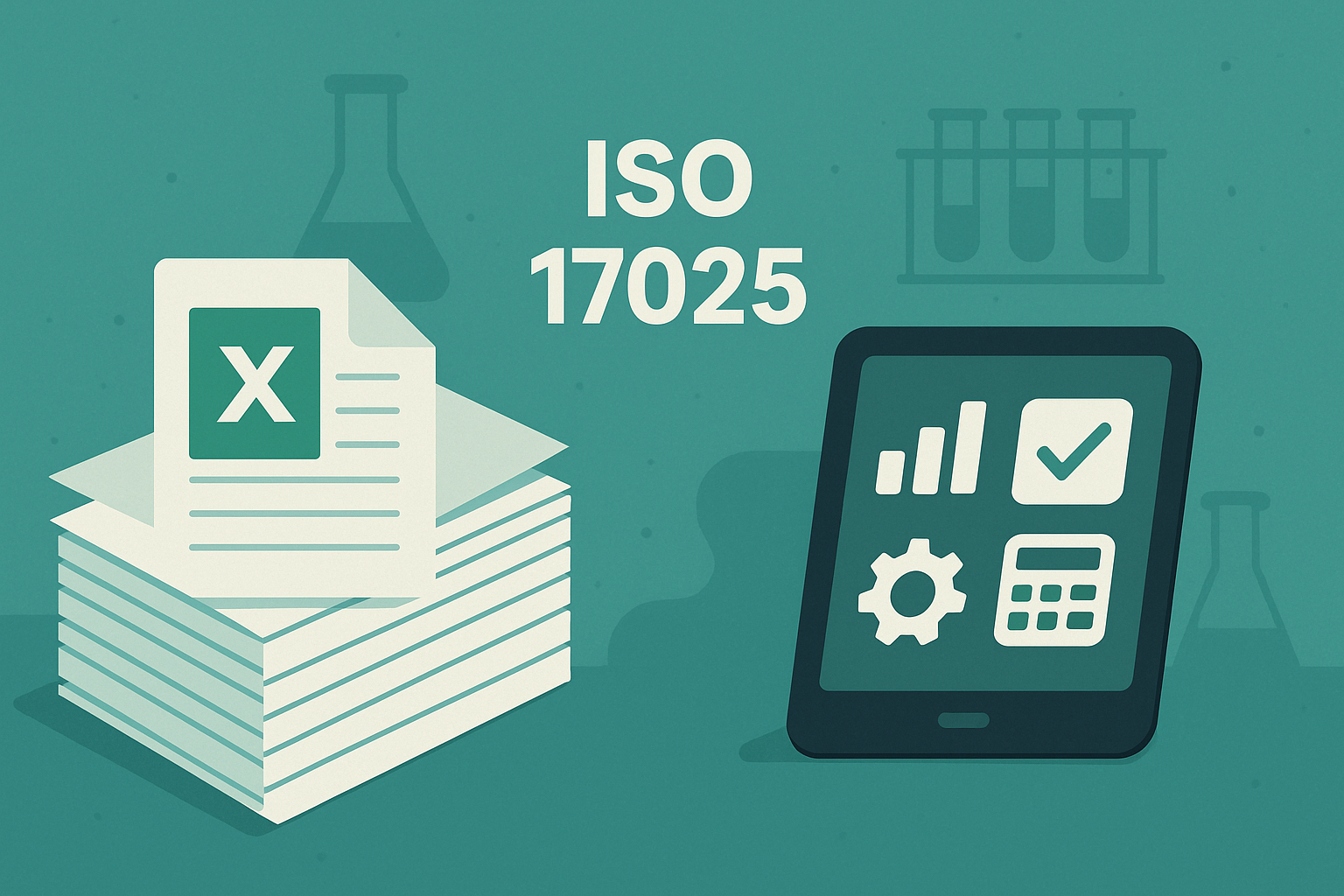
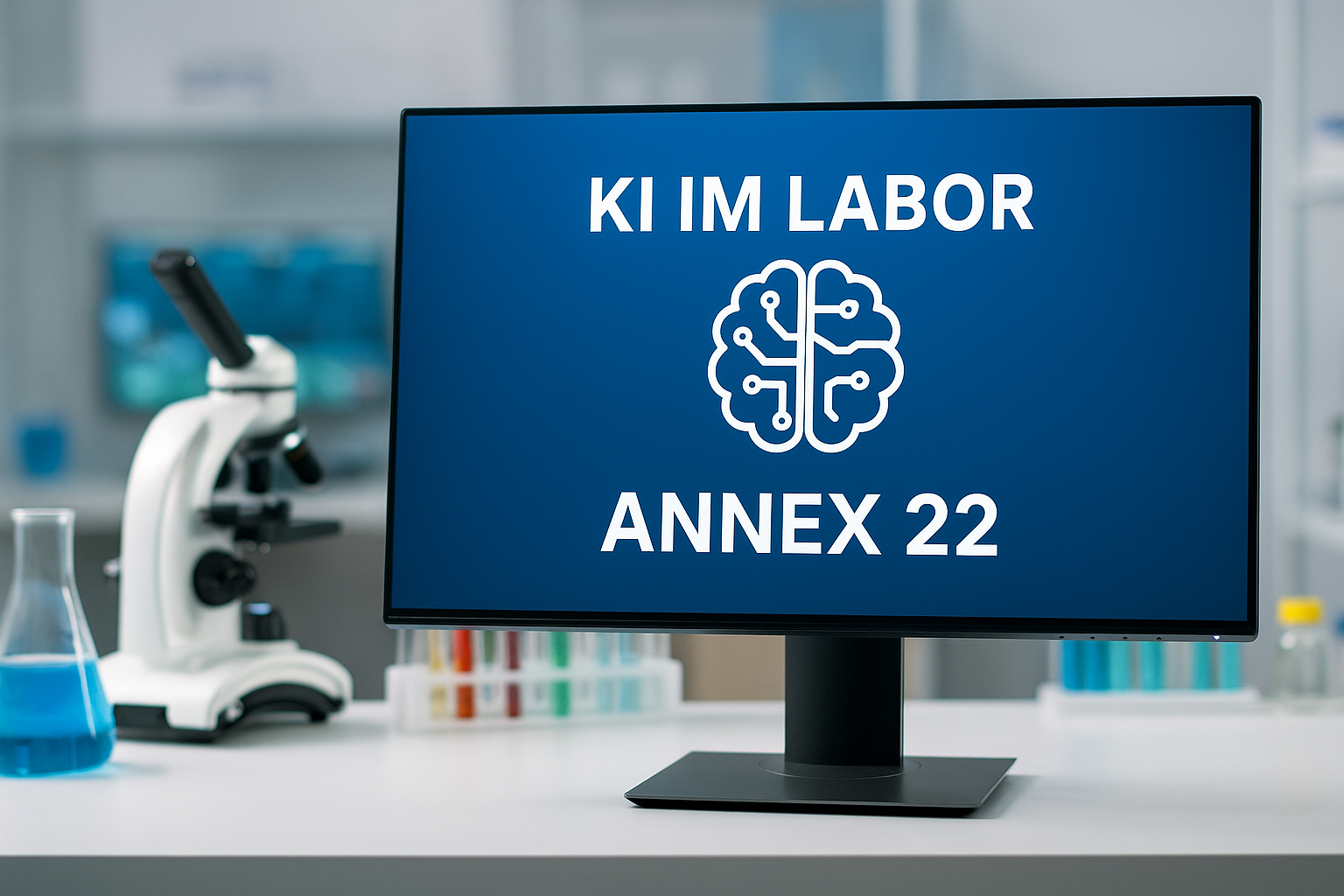






.jpg)
.jpg)
